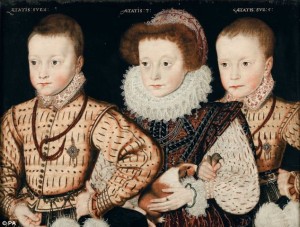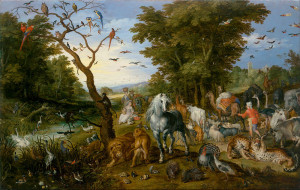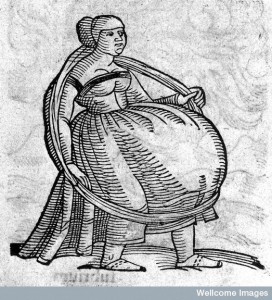Some of you might know we have recently adopted two chinchillas into our home (because I obviously didn’t have enough to do). Considering my history with animals I was instantly attached, and I absolutely love our newest additions to the family. Needless to say, I quickly became curious about chinchillas in medieval history, especially as house pets.
Unfortunately that was a fruitless search, and the first mentions of them came from the late sixteenth century in Spain and France, and early seventeenth century in the West Indies. All of these instances solely focus on the animal’s appearance and luxurious fur, with no mention of a desire for domestication – due to their softness, they were immediately marked for the fur trade, in which they remained until very recently when in the nineteen sixties and seventies they became increasingly popular as household pets.
Here is a snippet of my two favorite early entries for chinchillas in the OED:
1604 E. Grimeston tr. J. de Acosta Nat. & Morall Hist. Indies iv. xxxviii, The Chinchilles is another kind of small beasts, like squirrels; they have a wonderfull smoothe and soft skinne.
The first piece of evidence relies on the remains of a guinea pig that were found in a cellar by F. Pigiere, dating from the mid sixteenth century. Unlike other remains, these were intact with no indication that the animal had been cut up or injured during its lifetime. Also, considering it was by itself with no other similar remains found, it was not a part of a larger future food supply. It was being kept as a pet.
As guinea pigs were gaining prominence as pets, they were also garnering notoriety in artwork. One of the earliest depictions of a guinea pig was in this well known anonymous portrait from circa 1580 of three children where the young girl in the middle displays her little pet.
Not much later, in 1613, a guinea pig is spotted in the work of Jan Brueghel, “The Entry of the Animals into Noah’s Ark,” evincing that the guinea pig had become a well known animal, and considered as attractive and/or useful as the other animals chosen to be saved.
(the guinea pigs are the two small creatures right underneath the lions, and next to the squirrels)
It was quite a bit of fun uncovering the history of guinea pigs and chinchillas, even if they had no contact with western culture earlier than the sixteenth century. I would be curious to see what other fantastic pets were kept in homes in the early modern period and of course earlier. Maybe another time.
Sources:
Pigiere, Fabienne. “New archaeozoological evidence for the introduction of the guinea pig to Europe.”
Wing, Elizabeth. “Domestication of Andean Mammals.”



